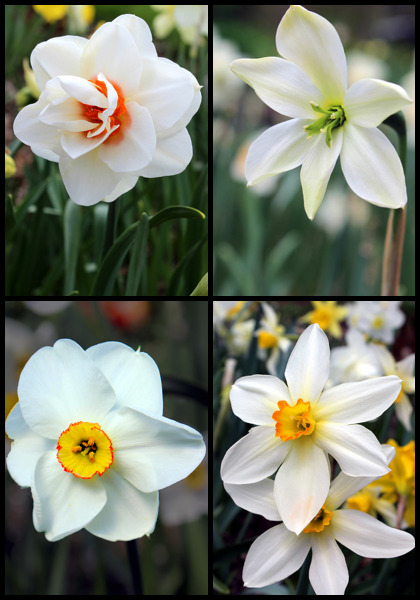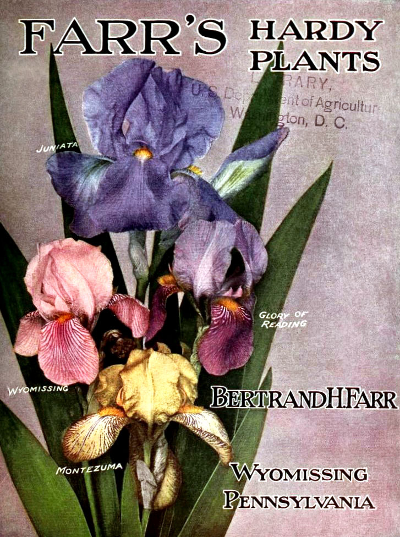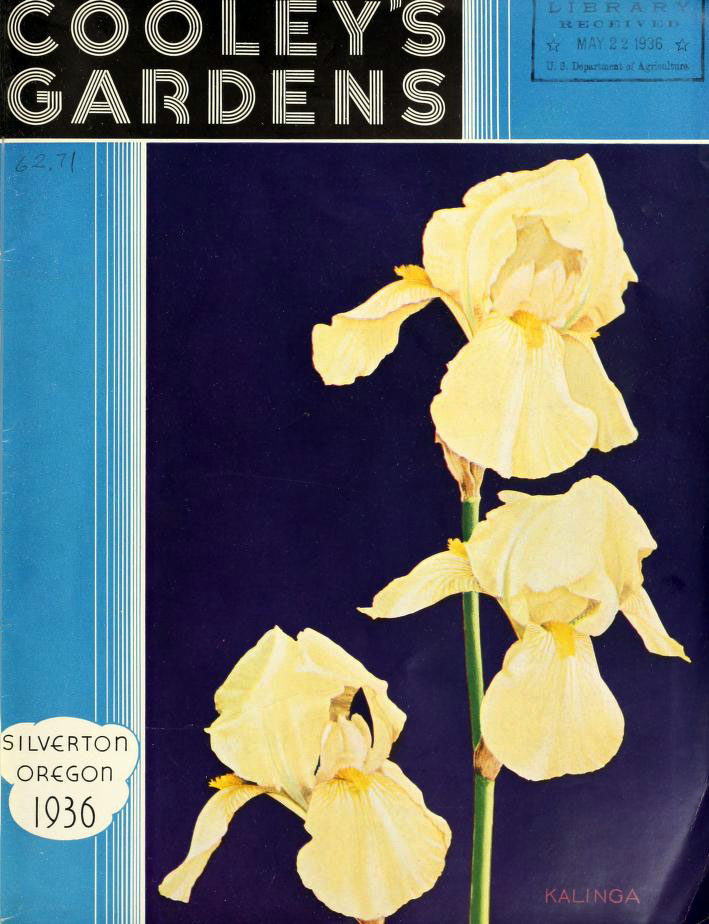
Here are three simple tips for right now that will help make your daffodils even more beautiful next year.
Writing in Maine’s Camden Herald, our good customer Lynette Walther says first of all plant more daffodils – but where, and how do you remember those spots at planting time months from now?
“Cut some weatherproof markers from plastic yogurt containers or something that can be used to mark the bald spots where a clump of daffodils would look great next spring,” she advises. “Insert a marker in each sunny, well-drained spot, deep enough so that it will remain there all summer. Come fall when you’ve cleaned out the flower bed or border or wherever your markers lie, that is where you will rediscover them,” and you’ll know exactly where to plant your bulbs.
Then in a tip she calls her “crabby comment of the week,” Lynette says “Yes, everyone knows that after they are finished blooming, the daffodil foliage that is left behind looks rather icky. But don’t cut it off, and for the love of all things good, don’t be tempted to braid or twist or whatever it is you are compelled to do in an attempt to tidy it up. You won’t be fooling anyone. Just leave it alone! That tatty foliage is performing an important job that involves photosynthesis, and is in effect working to store enough energy in that bulb down below to enable it to bloom again next spring. So, hands off!”
Finally, Lynette writes, “Looking for some tried and true bulb selections? Visit the Old House Gardens website for a selection of trusted daffodil varieties.”
Good advice all around, we’d say!














